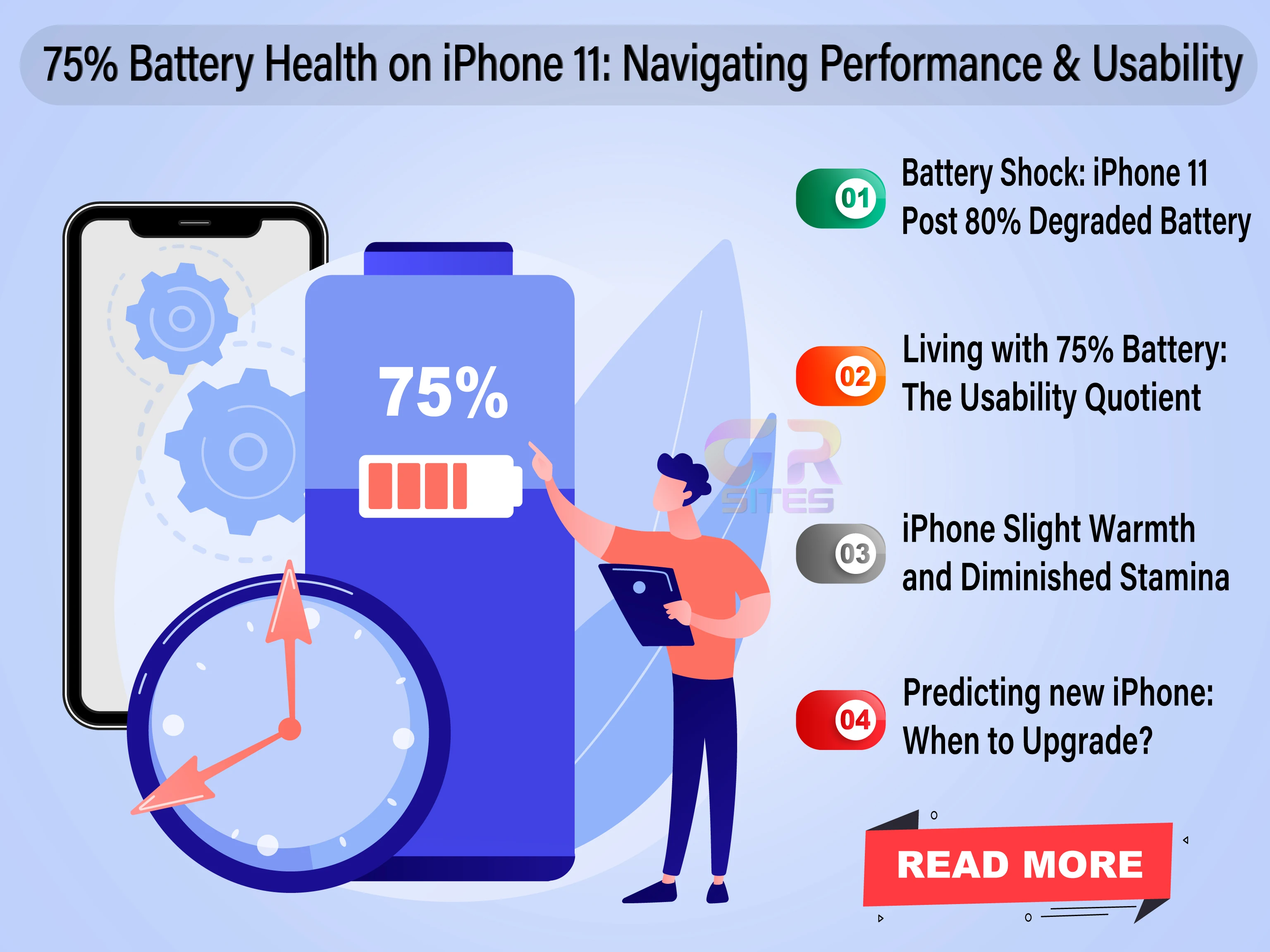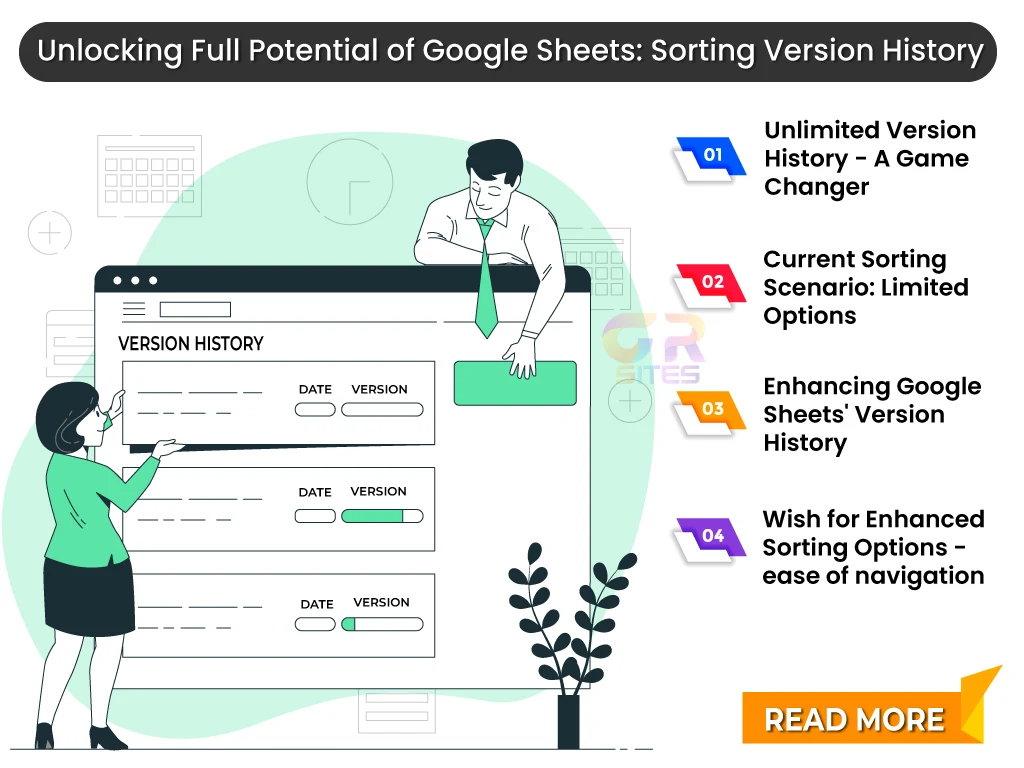Navigating the TV Technology Landscape
With advancements in technology, choosing the right TV has become more challenging than ever. From Smart Array LED to Quantum OLED (QD-OLED), each TV technology offers unique features and benefits, leaving consumers spoilt for choice.
- Smart Array LED: Entry-level LED TVs with basic smart features, suitable for budget-conscious consumers.
- Quantum LED (QLED): Utilizes quantum dots to enhance color accuracy and brightness, delivering vibrant picture quality.
- Mini-LED: Incorporates thousands of tiny LEDs for precise backlight control, offering improved contrast and HDR performance.
- OLED: Known for its individually lit pixels, OLED TVs deliver unparalleled black levels and contrast, ideal for cinephiles and avid gamers.
- Quantum OLED (QD-OLED): Combines the best of OLED and quantum dot technology, offering superior picture quality with enhanced brightness and color accuracy.
Amidst the sea of TV technologies, OLED and QLED stand out as the top contenders for those seeking the ultimate viewing experience. Here's why:
- Unmatched Picture Quality: OLED and QLED TVs boast superior picture quality, with deep blacks, vibrant colors, and exceptional contrast that elevate your viewing experience to new heights.
- Long-Term Reliability: Built by reputable manufacturers, OLED and QLED TVs are designed to stand the test of time, ensuring years of reliable performance and enjoyment.
- Future-Proof Technology: With support for the latest display standards and features, including HDR10+, Dolby Vision, and HDMI 2.1, OLED and QLED TVs are equipped to handle future content and technology advancements.
- Immersive Entertainment: Whether you're watching movies, gaming, or streaming your favorite shows, OLED and QLED TVs offer immersive entertainment experiences that transport you into the heart of the action.
When it comes to choosing the perfect TV for your home, quality should always be your top priority. By opting for an OLED or QLED TV from a reputable manufacturer, you're not just investing in a television – you're investing in an unparalleled entertainment experience that will delight you for years to come. Embark on your TV-buying journey with confidence, armed with the knowledge of OLED and QLED superiority. Choose quality, choose satisfaction.




